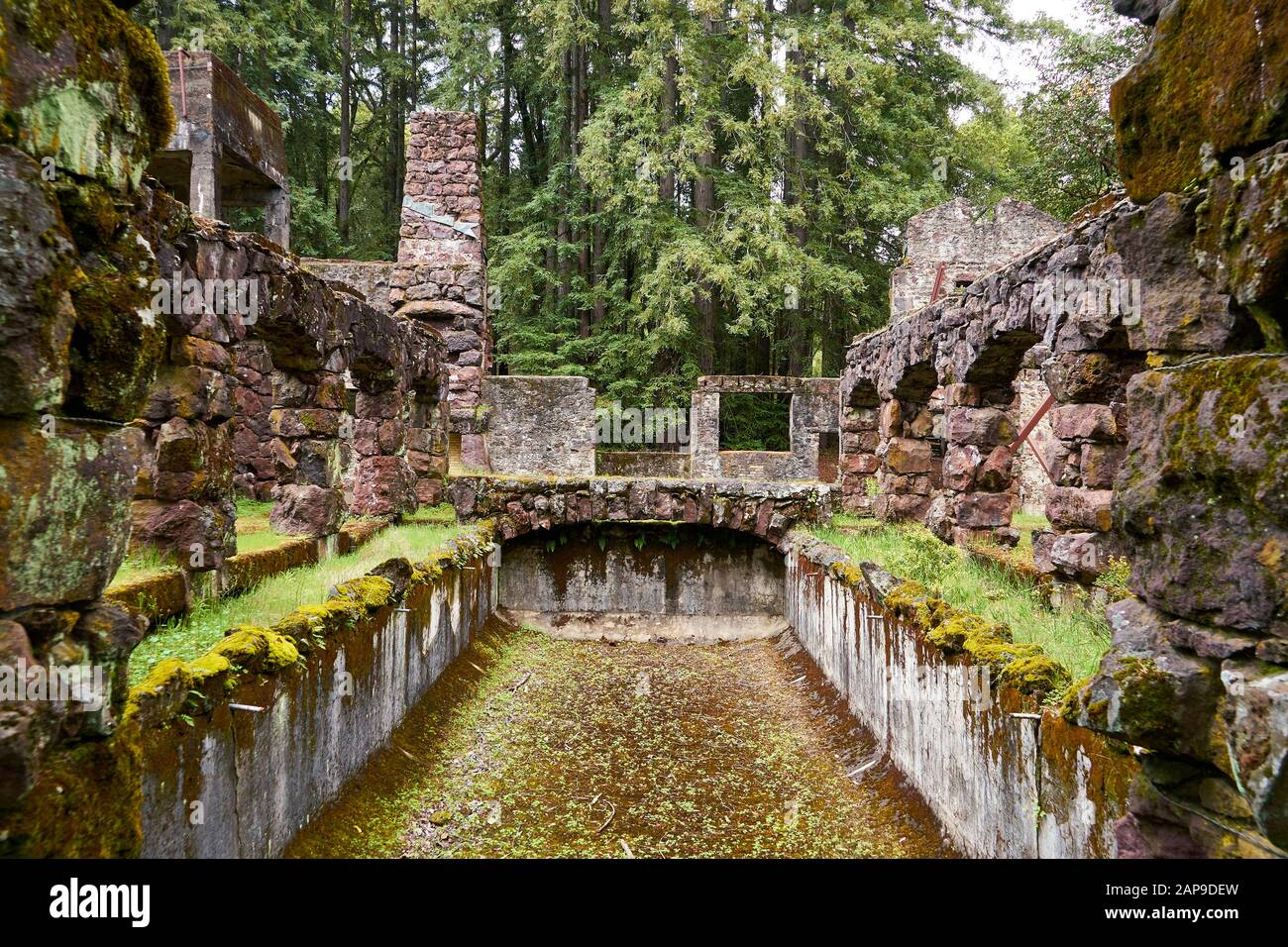Are you fascinated by the art of canoeing? Do you want to learn more about the materials used to build canoes? If so, then you've come to the right place. In this blog post, we will explore the wonders of canoe bark and its importance in the world of canoe building.
When it comes to building a canoe, the choice of material is crucial. Canoe bark is a versatile and durable material that has been used for centuries in the construction of canoes. However, many people are unaware of the benefits and significance of using canoe bark in canoe building.
So, what exactly is canoe bark? Canoe bark is the outer layer of bark that is harvested from certain tree species, such as birch or cedar. It is known for its flexibility, strength, and water-resistant properties, making it an ideal material for canoe construction. Canoe bark is carefully harvested and prepared to ensure its quality and durability.
The Target of Canoe Bark
Canoe bark is primarily used by canoe builders and enthusiasts who appreciate the traditional and natural aspects of canoeing. It is popular among those who enjoy canoeing for recreational purposes, as well as for historical reenactments and cultural events.
Canoe bark offers a unique and authentic experience for canoe enthusiasts. Its use in canoe building allows for a connection to nature and a sense of tradition that cannot be replicated by modern materials. Canoe bark enthusiasts value the craftsmanship and artistry involved in working with this natural material.
History and Myth of Canoe Bark
The use of canoe bark dates back centuries and has been an integral part of indigenous cultures around the world. Native American tribes, such as the Ojibwe and the Algonquin, have long relied on canoe bark for their transportation and livelihoods.
Legend has it that the trees used for canoe bark were gifted to the indigenous people by the Great Spirit. According to the myth, the trees willingly gave their bark to be used for canoe building, as a way of honoring the bond between humans and nature.
The Hidden Secret of Canoe Bark
One of the hidden secrets of canoe bark is its incredible durability and resistance to water. Canoes built with canoe bark have been known to withstand harsh conditions and last for decades. This is due to the natural oils and resins present in the bark, which act as a protective barrier against water and other elements.
Additionally, canoe bark has the unique ability to flex and bend without breaking, making it highly suitable for navigating through narrow waterways and rough terrain. This flexibility allows the canoe to absorb impacts and maintain its structural integrity.
Recommendation of Canoe Bark
If you're a canoe enthusiast or someone interested in the art of canoe building, we highly recommend exploring the world of canoe bark. Incorporating canoe bark into your canoe building projects will not only enhance the authenticity and aesthetics of your canoes but also provide a deeper connection to the natural world.
By using canoe bark, you can pay homage to the traditions of indigenous cultures and embrace the sustainable and eco-friendly aspects of canoeing. So, why not give canoe bark a try and experience the wonders of this remarkable material for yourself?
Canoe Bark and Related Keywords
Canoe bark, canoe building, canoe enthusiasts, traditional material, indigenous cultures, durability, water resistance, flexibility, authenticity, natural world, sustainable, eco-friendly
Tips for Working with Canoe Bark
Working with canoe bark requires some special techniques and considerations. Here are a few tips to keep in mind:
- Properly prepare the bark by soaking it in water before use. This will make it more pliable and easier to work with.
- Use natural materials, such as sinew or roots, for lashing and securing the bark to the canoe frame.
- Apply a protective coating, such as linseed oil or beeswax, to the canoe bark to enhance its water resistance and durability.
- Regularly inspect and maintain the canoe bark to ensure its longevity and performance.
Question and Answer
Q: Can I use canoe bark for other purposes besides canoe building?
A: Yes, canoe bark can be used for various crafts and projects, such as basketry, roofing, and decorative items.
Q: How long does canoe bark last?
A: With proper care and maintenance, canoe bark can last for several decades.
Q: Is canoe bark environmentally friendly?
A: Yes, canoe bark is an environmentally friendly material, as it is sustainably harvested and biodegradable.
Q: Can I repair canoe bark if it gets damaged?
A: Yes, small tears or holes in canoe bark can be repaired using patches made from the same bark or other natural materials.
Conclusion of Canoe Bark
In conclusion, canoe bark is a remarkable material that holds great significance in the world of canoe building. Its durability, flexibility, and connection to nature make it an ideal choice for canoe enthusiasts and builders alike. By embracing the use of canoe bark, we can honor the traditions of indigenous cultures and create a deeper appreciation for the art of canoeing.

No comments:
Post a Comment